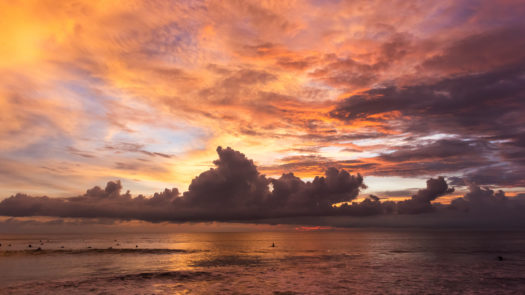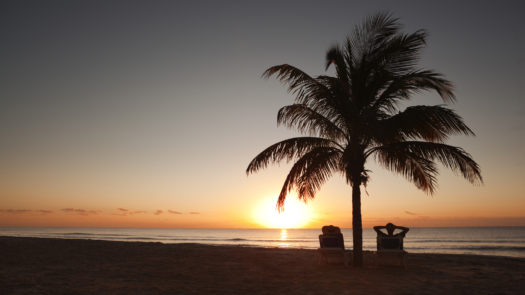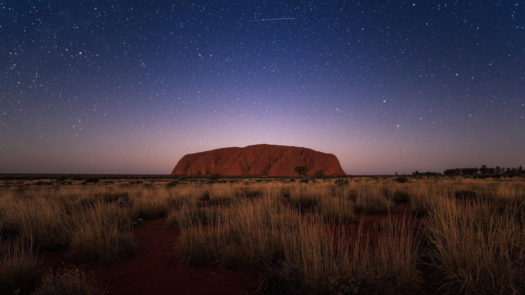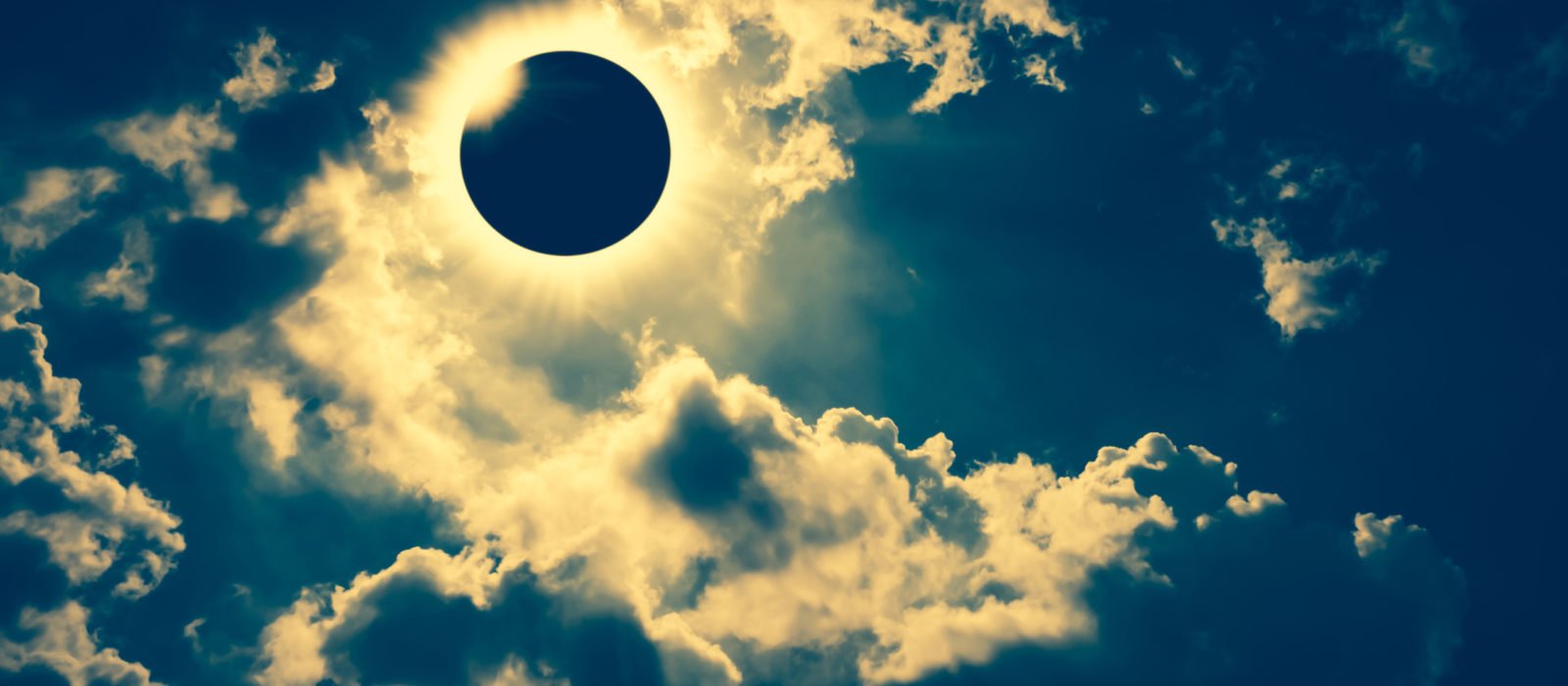Published on: September 16th, 2019
Last updated: July 27th, 2023
In December 2021, a magnificent total solar eclipse will plunge Antarctica into darkness for almost two minutes.
Solar eclipses are incredible natural phenomena. To help you discover nature at its finest, we’ve rounded up our picks of the most exciting future solar eclipses around the world
1) Antarctica, 4 December 2021
One of the most eagerly awaited solar eclipses to come, the total solar eclipse of 4 December 2021 will cover Antarctica in a blanket of darkness. The ‘White Continent’, usually full of glistening white icebergs and glaciers scattered throughout mirror-like water, will take on an eerie quality for around 1 minute and 45 seconds from 7.34am. The moon will pass between the earth and the sun between the hours of 5am and 9am, but total darkness will be reached at 7.34am. With many cruise ships building specific itineraries based on the eclipse and filling up already, it’s worth booking sooner rather than later.

2) East Timor and Indonesia, 20 April 2023
Known as a hybrid eclipse, Indonesia and East Timor’s 2023 solar eclipse is a combination of a total solar eclipse and an annular eclipse. Annular eclipses mean that at the end of the solar eclipse’s path, the moon is farther from Earth in its orbit and so the moon doesn’t block out the sun completely. In 2023, the path of this hybrid eclipse takes in East Timor, the eastern islands of Indonesia and the surrounding seas. You’ll have to be perfectly timed to catch this one, as the solar eclipse will last for a total of 1 minute and 16 seconds.

3) Mexico, the US and Canada, 8 April 2024
In 2024, the solar eclipses return to the Americas – the path of this solar eclipse begins at Mazatlán in Mexico and crosses several southern American states before landing in eastern Canada. April cloudiness may make the solar eclipse difficult to see, but there’s no rush to catch a glimpse as the total solar eclipse is expected to last for up to four and a half minutes.

4) Spain and Northern Africa, 2 August 2027
Beginning in the Atlantic Ocean, the 2027 eclipse is expected to travel south towards southern Spain and Morocco, before making its way through the north African countries of Algeria, Tunisia, Libya and Egypt. The next stop on the eclipse’s journey is the Arabian peninsula, before it makes its way out into the Indian Ocean. At 6 minutes and 22 seconds, this eclipse is expected to last the longest out of all six on this list.

5) Australasia and South Pacific, 22 July 2028
Last but not least is the 2028 eclipse set to take over the Australasian continent. Beginning over the Indian Ocean, this eclipse crosses over the Cocos (Keeling) Islands and Christmas Island before reaching its strongest point in northern Australia. City-dwellers luck out on this one, as the eclipse is set to pass straight over Sydney and last for about three and a half minutes whilst there. This eclipse then proceeds across southern New Zealand before coming to an end high above the Pacific Ocean.

Experience the world's solar eclipses in the years to come
Feeling inspired? Get in touch with one of our expert travel designers to plan your voyage to see one of the world's solar eclipses.




